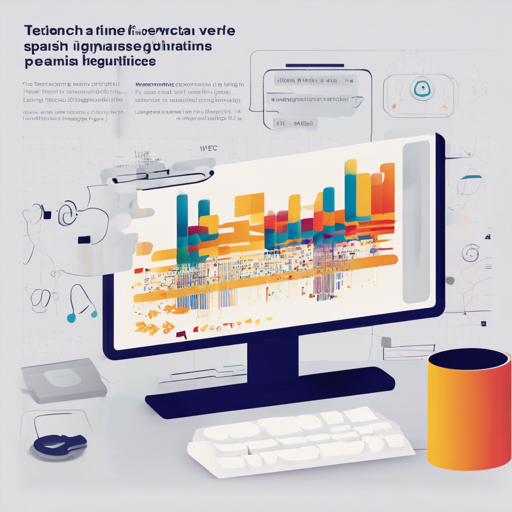In the evolving world of artificial intelligence, language models and automatic speech recognition are gaining prominence. In this article, we’ll explore how to fine-tune the XLSR Wav2Vec2 model for Spanish using the Common Voice dataset. Let’s break it down in a user-friendly manner!
Understanding the Model
The XLSR Wav2Vec2 model, developed by Facebook, serves as a framework for transcribing spoken Spanish into text. Think of this model as a well-trained assistant who accurately listens and converts conversations into written words. Just like any assistant needs specific training and context, the model requires proper fine-tuning to perform well in its tasks.
Prerequisites
Your journey begins with a few dependencies. Ensure you have:
- Python installed on your system.
- PyTorch and trochaudio libraries.
- The Hugging Face Transformers library.
- Access to the Common Voice dataset for Spanish.
Step-by-Step Guide to Fine-tune the Model
Let’s dive into the process of fine-tuning the model:
1. Load Required Libraries and Data
First, import the necessary libraries:
import torch
import torchaudio
from datasets import load_dataset
from transformers import Wav2Vec2ForCTC, Wav2Vec2Processor
2. Prepare the Dataset
You need to load the Common Voice dataset in Spanish:
test_dataset = load_dataset("common_voice", "es", split="test[:2%]")
3. Initialize the Processor and Model
In this step, you initiate the model and processor:
processor = Wav2Vec2Processor.from_pretrained("mrm8488/wav2vec2-large-xlsr-53-spanish")
model = Wav2Vec2ForCTC.from_pretrained("mrm8488/wav2vec2-large-xlsr-53-spanish")
4. Resample the Audio
Before processing the audio, you have to resample it:
resampler = torchaudio.transforms.Resample(48000, 16000)
5. Convert Speech Files to Arrays
This is where the magic happens! The audio files need to be converted to arrays for processing:
def speech_file_to_array_fn(batch):
speech_array, sampling_rate = torchaudio.load(batch["path"])
batch["speech"] = resampler(speech_array).squeeze().numpy()
return batch
test_dataset = test_dataset.map(speech_file_to_array_fn)
6. Make Predictions
Utilize the model to make predictions:
inputs = processor(test_dataset["speech"][:2], sampling_rate=16000, return_tensors="pt", padding=True)
with torch.no_grad():
logits = model(inputs.input_values, attention_mask=inputs.attention_mask).logits
predicted_ids = torch.argmax(logits, dim=-1)
print("Prediction:", processor.batch_decode(predicted_ids))
print("Reference:", test_dataset["sentence"][:2])
Troubleshooting
Working with machine learning models can sometimes feel like navigating a maze. Here are some common issues you might face and how to resolve them:
- Sampling Rate Error: Ensure your input audio is sampled at 16kHz as the model expects this sample rate.
- Missing Dataset: If you run into issues loading the Common Voice dataset, double-check that you have the correct version and access rights.
- Out of Memory Error: If your system runs out of memory, consider using a smaller batch size when processing your input data.
For more insights, updates, or to collaborate on AI development projects, stay connected with fxis.ai.
Final Notes
At fxis.ai, we believe that such advancements are crucial for the future of AI, as they enable more comprehensive and effective solutions. Our team is continually exploring new methodologies to push the envelope in artificial intelligence, ensuring that our clients benefit from the latest technological innovations.

